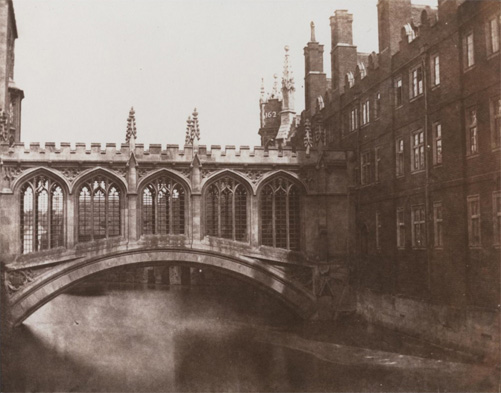| School | Troops | Resources |
The Cambridge Neoclassicals
("Marshallians")

[Note: Part of the HET Website. This page is not related to or endorsed by Cambridge University or any other organization. See the official Cambridge University website]
The reign of Alfred Marshall at the University of Cambridge represented the consolidation of the Marginalist Revolution in the English-speaking world - but somewhat defanged, as the Marshallians preferred to integrate the works of Ricardo, Mill and other British Classical economists with the radical marginalism of Jevons, which was closer to the Continental tradition of the Lausanne and Austrian Schools.
As exemplified by Alfred Marshall's own magnum opus, Principles of Economics (1890) and expounded in John Neville Keynes's (1891) tract, the methodology of the Cambridge Neoclassicals was distinct from the Continental. This was exemplified, of course, in the work of Marshall's main disciples -- Arthur Pigou, Dennis Robertson and the young John Maynard Keynes. They relied on practical, intuitive arguments rather than mathematical formalism -- taking into account items such as historical time, institutional and industrial structure and real world phenomena, such as uncertainty, money and business cycles. Their main focus was on representative conditions, rather than idealized conditions that the Continentals followed. Consequently, much of their work emphasised partial market equilibrium, couching their arguments in terms of "representative" agents, firms, etc. rather than grand, idealized, multi-market general equilibrium systems.
Their synthesis of Classical and Neoclassical arguments, in particular their reliance on the interaction of "utility-based" demand and a "real-cost"-based supply, led them often to a degree of imprecision and incongruity which exasperated formal Jevonian economists such as Philip H.Wicksteed and the Continental Lausanne and Austrian schools.
Within the English-speaking world, Marshallian economics was the dominant form of Neoclassicism (if not exactly the general orthodoxy) from the 1890s to the 1930s. It was a leading force in the professionalization of economics and its establishment as an independent entity in academia. The Marshallian formula was exported to the United States in the hands of the influential Frank Taussig at Harvard and to Italy by Maffeo Pantaleoni.
Unlike the more radical libertarians of the Manchester School, the Marshallians nurtured a genteel defense of laissez-faire, albeit with numerous qualifications. Many of them were utilitarians, and thus were prone to judge the free market on the basis of its results, and not as a good in itself. In a sense, Marshallian doctrine was the theoretical articulation of the social, political and economic structure of the late Victorian age, a useful, optimistic antidote to the Marxian and Socialist indictment of that period.
Marshallian economics came tumbling down in the 1930s, after Sraffa's damning 1926 critique of the Marshallian theory of the firm, the Paretian ascendancy of the 1930s (led in Britain by the London School of Economics) and, most decisively, after John Maynard Keynes's General Theory (1936). Although previously a leading Marshallian, Keynes turned the young turks of Cambridge itself, and indeed the rest of the world, against the old Marshallian establishment. It can be conjectured that, after 1936, only the (second) Chicago School which emerged in the 1950s still maintained some form of the doctrine and methods of the early Cambridge Neoclassicals.
|
The Founder
Marshall's Early Lieutenants
Outside Associates
Marshall's Second Crop
The Cambridge Neoclassicals
Outside Marshallians
Some Other Cambridge Personalities
|
HET
|
|
Resources on Marshallian Economics
|
All rights reserved, Gonšalo L. Fonseca
